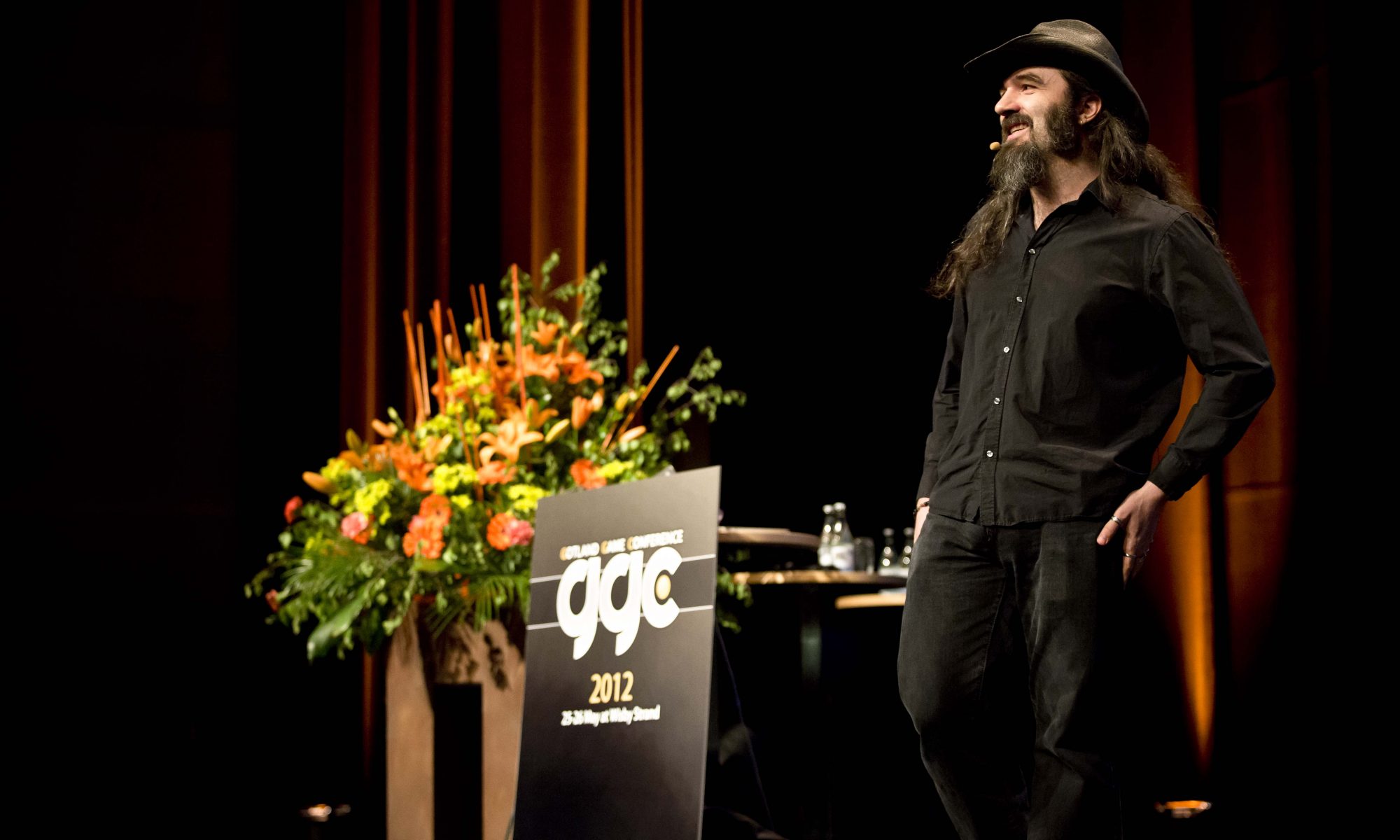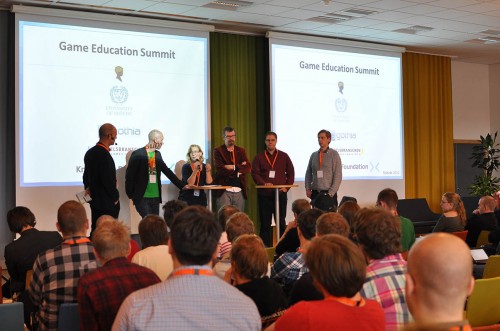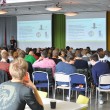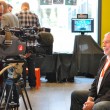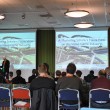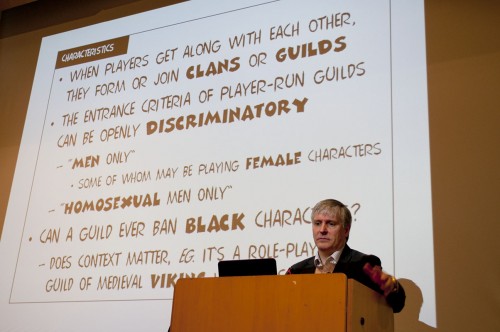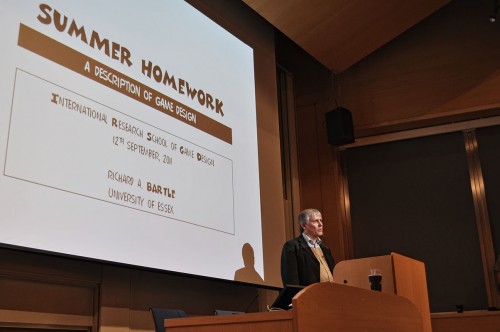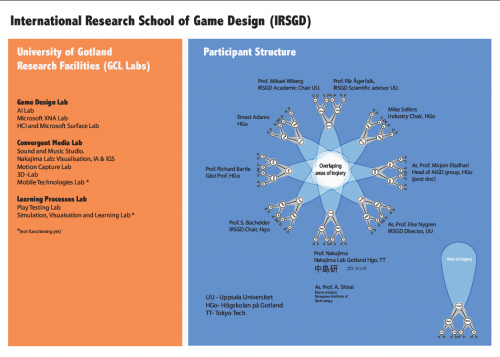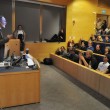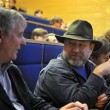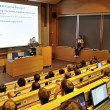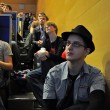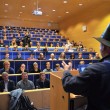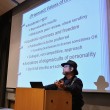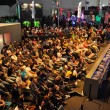We went to Swedish Game Conference this week, to talk about how Swedish game educations and the Swedish game industry can improve their use of each other. There were some interesting points made, and some very cool data shared – and we will surely spend a lot more time analyzing it all when we get back to the island.
One of the problems discussed during these days was that only 1 out of 4 game development graduates (eg. those who actually complete their studies) end up working in the Swedish game industry.
… that seems pretty good actually?
We must realize that the Swedish game industry is a super small subset of the places you might want to go after studying game development. Many of our students find work abroad. We know that we have alumni working in Germany, England, New Zealand, the US, Iceland and Norway! Our students commonly start their own business and others find work in one of the many successful independent studios not counted in the above stats; Frictional Games and Mojang are two examples you might’ve heard off…
The real problem I see in this data is the huge drop-off between students being accepted and students completing their studies. I can see several causes of those stats, but that’s a discussion for another post; we have to catch the ferry back to Gotland now. I’ll leave you with a couple of pictures from the past two days!
